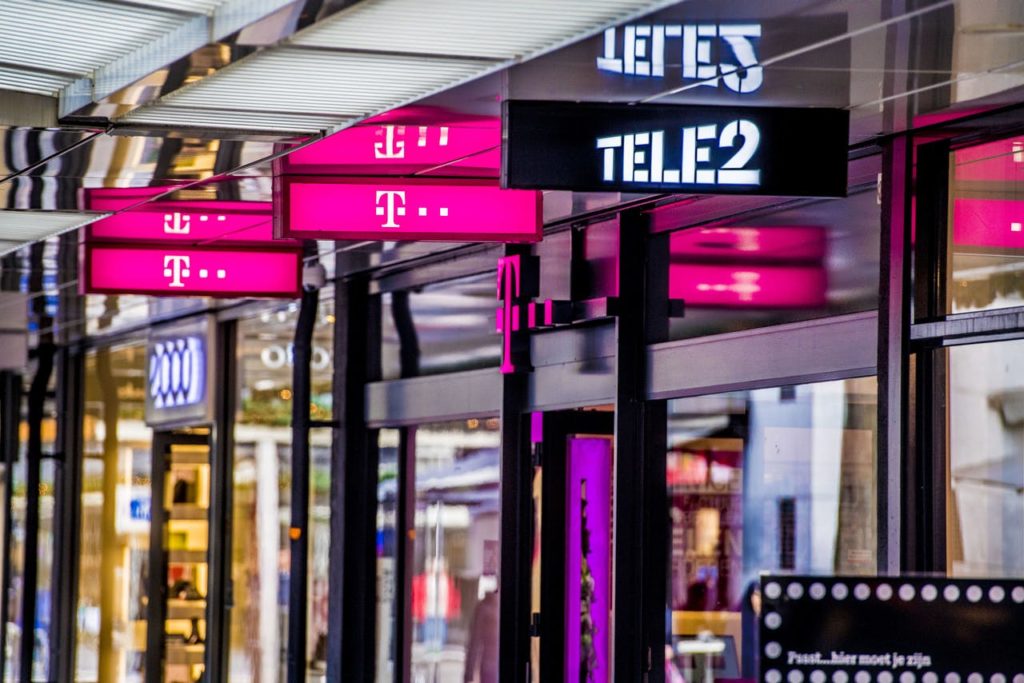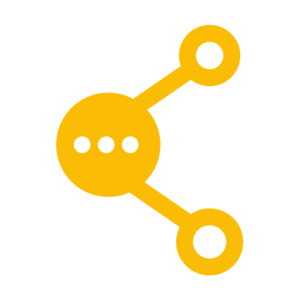RPA supports merger & acquisition activities
As you know competition in the telco industry has pushed the Merger & Acquisition (M&A) activities to a high. In 2015 UPC and Ziggo came together. Followed by Vodafone and Ziggo late 2016 who formed a Joint Venture. And at the beginning of 2019 T-Mobile acquired the Dutch operation of the Swedish Tele2. The main goal of all these M&A activities? Through scale deliver innovative products to customers and gain financial benefits.
Economies of scale come at a price
But before these advantages pay out, a slow and tedious process starts. The product roadmap needs to be consolidated. As a result the technology roadmap needs to be adjusted. And all these adjustments take time and investments. Normally it takes years to roll out a consolidated plan and earn back these investments.
Also the organistion needs to change
A merger or acquisition will lead to substantial organizational changes on the short and long term. Before you are able to have both entities working together as they should, systems and data of these entities will need to be joined up. Systems which have been developed over years and mostly don’t ‘speak’ a common language. This transition and the IT-support it requires, demands a lot of investments and time as well.
RPA connects complex systems in an easy way
A relieve to find RPA is a simple solution to overcome these challenges; a way to save time and money. RPA is easy to implement en is scalable. It’s a means to roll out a tactical solution and integrate your IT-systems.
Through these solutions you are able to connect systems in the existing landscape without excessive cost and major changes to the system architecture. This way information related to billing, provisioning and CRM-processes is available fast and easy.
An example of a seamingly trivial issue that turns into a headache as a result of an acquisition…. A customer calls your call center related to a problem with one of your services. Although this customer is able to enjoy the new services as a result of the acquisition, customer records are available in the systems of both entities. The call center agent has to use many different applications to get the minimum required information to start trouble shooting. During the migration of IT applications to a new environment the complexity will only grow. Until the migration is completed.
An RPA robot can solve the problem for the call center agent. Based on the customer ID, the robot will connect to multiple systems at the same time and retrieve the needed information. This information will then be presented to the agent. With the support of the robot the agent is able to to support the customer fast and adequatly.
Want to know more? Please make an appointment
Time and time again I am amazed how simple and effective RPA is. Do you want to hear more about what we can do for your company? Please make an appointment. With pleasure we will illustrate how we can support.


